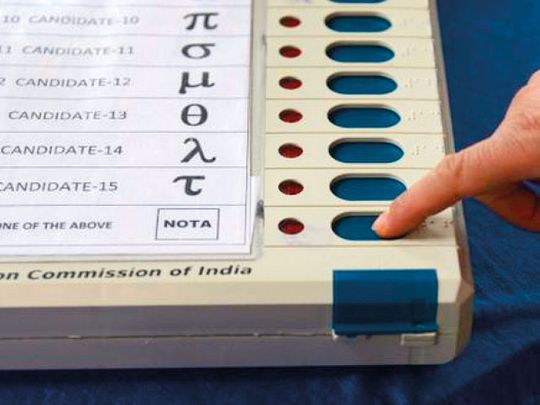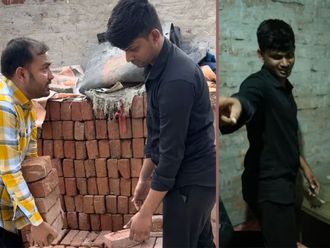
Q What is an Electronic Voting Machine (EVM)?
A It is a simple electronic device used to record votes. EVMs have been part and parcel of elections in India since 1999 and was adopted across all polls from 2004. It seeks to reduce time in casting vote and declaring results. Of course, from an environmental point of view, it helps save paper.
Q When were EVMs first used in India?
A The machines were first introduced in 1982 in the bye-election to Parur Assembly constituency of Kerala for 50 polling stations.
Q What is the machine made of?
A It is a single unit machine, which works on batteries without any network connectivity. They are made up of two machines, one is the control unit and the other is the balloting unit.
Q What is the standard protocol for using EVMs?
A The control unit is with the presiding officer or a polling officer and the balloting Unit is placed inside the voting compartment. The balloting unit presents the voter with blue buttons (momentary switch) horizontally labelled with corresponding party symbol and candidate names. The Control Unit, on the other hand, provides the officer in-charge with a “Ballot” marked button to proceed to the next voter, instead of issuing a ballot paper to them. This activates the ballot unit for a single vote from the next voter in queue.
The voter has to cast his vote by once pressing the blue button on the balloting unit against the candidate and symbol of his choice. As soon as the last voter has voted, the Polling Officer in-charge of the Control Unit will press the ‘Close’ Button.
The machine can record 64 different candidates at one point of time. The maximum number of votes that can be recorded in one machine is 3,840.
Q What is the cost of an EVM?
A EVMs have turned out to be cost-effective. The initial cost of an EVM is between Rs 5,000 and Rs 6,000. The machine, on an average, lasts for 15 years.











